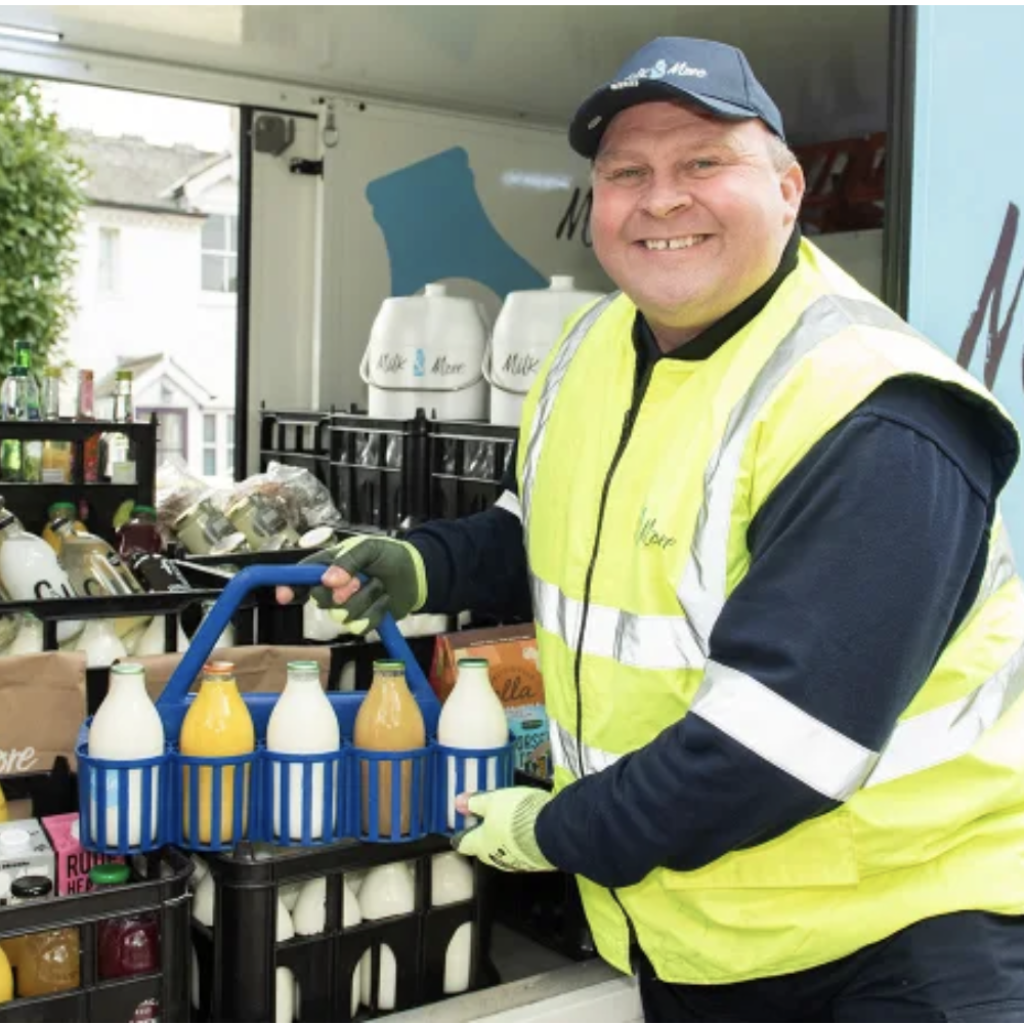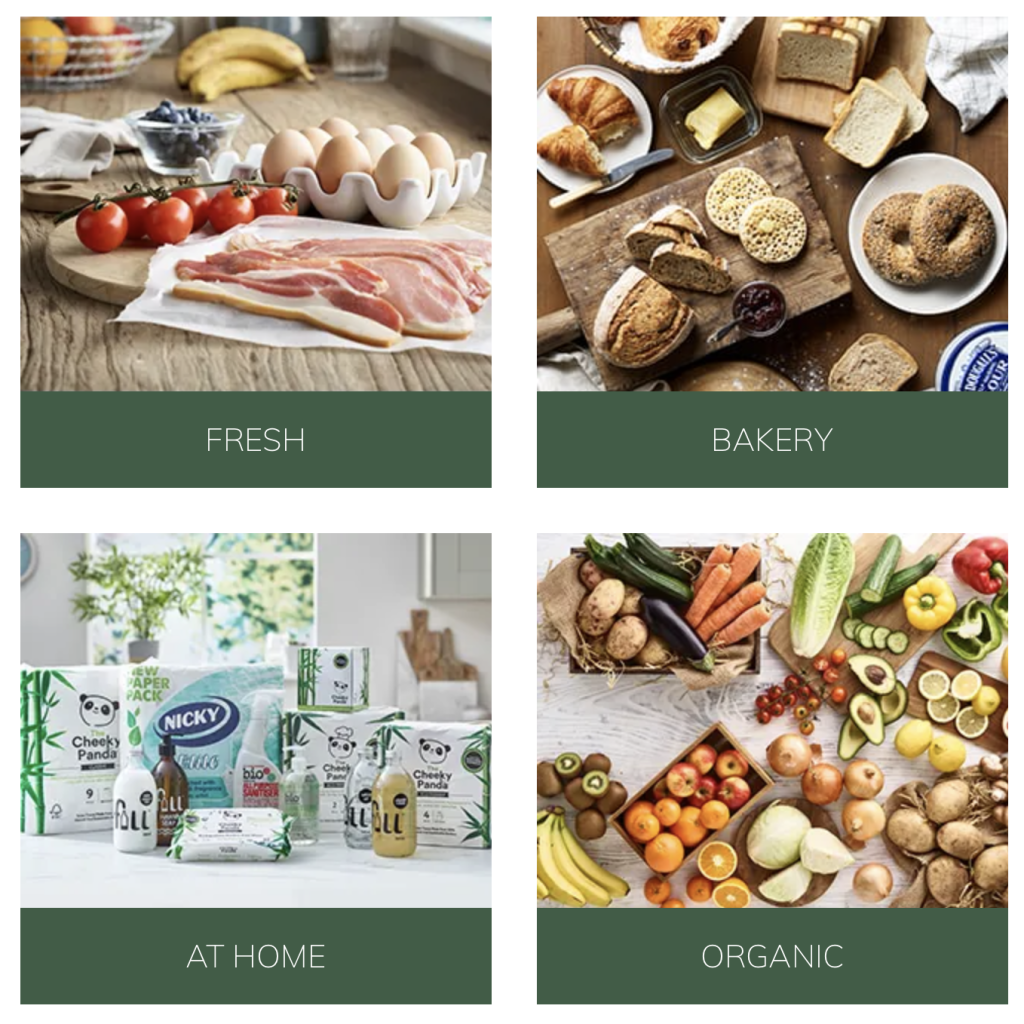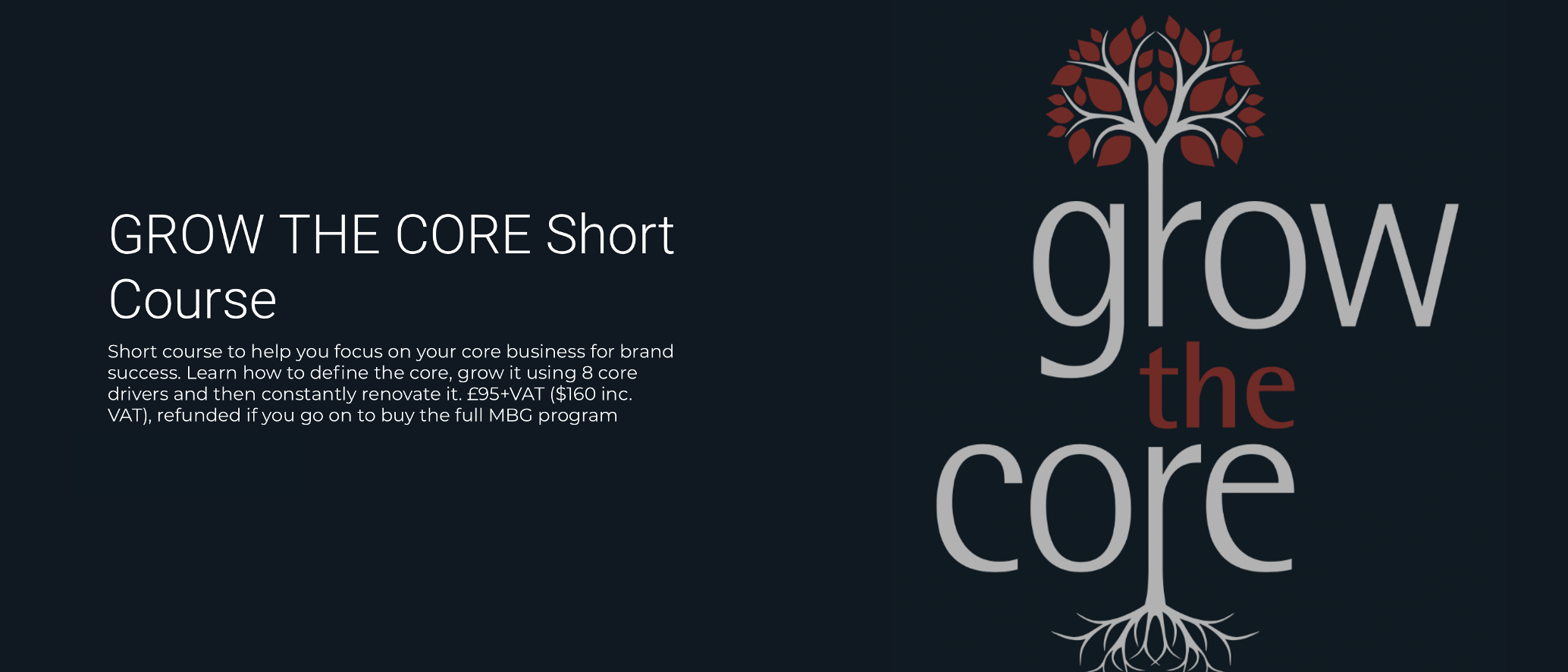Core renovation of a traditional service: Milk & More
You can’t get a more traditional service than ‘the milkman’ (or milkperson as I guess they should be now called). Milkmen/women drive around delivering milk to your door on a daily basis. I remember them from my childhood but, like many people, haven’t used one for years. Milk deliveries now make up a miserly 3% of milk sales versus 90% in the 1970s. As a result, Dairy Crest’s UK milk delivery service, Milk & More, was due to be discontinued in 2015, when Müller took over the company. The closure of the glass bottling plant serving the milk floats was imminent. In this post we look at learning from the fascinating story of Milk & More’s core renovation, as reported in the FT (1).
1. Get immersive insight
Before dealing the killer blow to the milk delivery business, strategy director Patrick Müeller decided to talk a closer look. “I thought, let’s check what it actually is,” he told the FT (1). Patrick’s smart move was to not just dive into the data. He also got out of the office to get some immersive insight. “He joined a milkman in his 60s, Kevin Bowtell, on his morning rounds,” the article goes to explain. This is another great example of brand leaders investing time to get real-life experience of a product or service. We posted recently here on Deliveroo’s CEO using the same approach.
Patrick saw first-hand how many aspects of the service were out-of-date. Milkmen delivered milk throughout the morning, meaning it arrived after breakfast when many customers really wanted it. The electric milk floats were antiquated with old-fashioned, heavy batteries. Money and cheques were collected by hand. And marketing was left to each milk man/woman, with no centralised demand-generation.

2. Look forward at cultural trends
Whilst the actual service offer was in need of drastic change, Patrick believed that core renovation of the brand had potential to tap into long term cultural trends. The reusable glass bottles had environmental benefits. Delivery to the door tapped into the need for convenience. And there was a growing interest in provenance, in particular local produce. “There is this trend that people want to know their supply chain,” Müller said to the FT (1).
3. Upgrade the core
Müller invested heavily in upgrading the core service, investing £40m. A new digital service was created to allow for online marketing, ordering and payment. With this system in place, centralised and more professional marketing is now being used to drive sales. Local rounds can be adjusted algorithmically in response to changes in demand. The group invested in 600 up-to-date electric vehicles.
And in perhaps the most challenging move in the core renovation, deliveries changed from being morning-based to being done by 7am to meet the needs of working families. This required a massive change in employee management, requiring the whole workforce to move to nightshifts.
3. Extend the core
Milk & More had to extend its core offer beyond regular milk to meet emerging consumer needs. It now offers oat, almond and soya milk. This taps into the growing demand for plant-based milk alternatives that we posted on here in a blog on the Oatly brand.
4. Stretch from the core
Milk & More has also stretched from the core to become “a farm shop on wheels”. It now also “sells organic groceries, artisanal bread, fruit, vegetables and household products from outside suppliers”, according to the FT. A 40-person team has been hired to run this side of the business. Importantly, this is an example of how a brand stretch can help revitalise the core. By offering milk and more, the brand will drive reach though new customer acquisition and in doing so drive milk sales.

5. Have stamina to succeed
Another key lesson from Patrick’s story is the importance of stamina to drive change. As part of the revitalisation, the company moved from a long-established franchising system to an employee-based one. Sick pay and paid holidays were new benefits, but at the expense of being able to run your own business. And as mentioned earlier, shifts changed from mornings to overnight for 1,000 delivery staff.
“We had to convince 1000s of people that had a super work ethos but were were also maybe stuck in [the old] model,” Müller says. And as one of my INSEAD professors taught me, “Only one person likes change. A wet baby!” One effective technique Patrick used to engage and align people was to communicate a higher purpose for the change. Rather than focusing on fixing problems with the business, he talked about the opportunity “to preserve the milk delivery tradition for the next generation”.
Results so far are encouraging. When Müller took over, Milk & More had c.500,000 customers and c.100,000 were leaving every year. The business was on track to disappear by 2020 at that rate! But with the core renovation the company now has 400,000 households on its rounds. Covid-19 lockdowns helped boost demand, with the service gaining 40,000 customers in a single week during lockdown! Patrick clearly believes in the future of the business and is backing it with his own cash. He quit as CEO of the wider group to focus on Milk & More, in which he bought a stake.
In conclusion, Milk & More’s turnaround shows that even a traditional business in decline can be renovated with smart strategy and stamina to drive through the changes.
You can check out the service here: https://www.milkandmore.co.uk/
If you’d like to further explore core renovation, we offer a short course on Growing the Core on our brandgym Academy platform here. The course is quick to do and affordable (£95+VAT). And the course is refunded if you go on to buy a place of the next full Mastering Brand Growth program.

SOURCES


